When selecting membranes for waterproofing projects, it is important to consider variations in site conditions and situations. Those variations can include:
- The type of substrate
- The installation conditions
- The ground conditions (eg. Saline conditions, contaminated soils, geothermal conditions, gas (radon) conditions, tree root resistance, moving water)
- The service depth and/or presence of groundwater (eg. from less than 1m deep right through to 10m+ with groundwater present)
Different tanking membranes are designed for varying combinations of conditions. Different applications for particular site conditions include:
- Self-adhered
- Roller, sprayer or brush-applied
- Torch-applied
- Draped, loose-laid
Viking Peel & Stick
The majority of below ground waterproofing situations involve the need to damp proof a structure below the ground up to 3.0m deep. This is typical of most residential and light commercial situations. In these instances, there is minimal, if any hydro-static pressure. The priority is simply to keep water out of the building for a minimum of 50 years as per the Building Code.
A perfect solution for this is a specialised self-adhesive membrane system such as Viking's Peel & Stick. This BRANZ appraised below ground waterproofing membrane is applied to a pre-primed surface by removing a factory-applied release film, or put in simpler terms, by sticking it on and then rolling it firmly to promote maximum adhesion. This method has stood the test of time for decades and continues to perform well in New Zealand conditions.
Self-adhesive membranes have excellent adhesion and resistance to elongation and mechanical stress because of the elastomeric bitumen compound. Other advantages include:
- It's an economical sheet membrane system
- Easily cut or shaped to make under or over flashings
- The polyethylene film provides the initial protection during construction
- Easy to spot-repair
If a project is of considerable depth and therefore renders an increasing hydro-static pressure, a more appropriate membrane system would be:
Viking Bituclad 4
Viking Bituclad 4 is a BRANZ appraised below ground torch-on waterproofing membrane system. The flame from the propane gas torch heats the membrane to a molten condition to provide excellent adhesion to the pre-primed substrate. The overlapped welds are heat-fused to provide a waterproof seam.
Although usually installed as a single layer, for deeper situations with a high water table / hydro-static pressure, torch-on membranes can be overlaid with a second layer with the joints offset, fully bonded to the first layer to provide (in Bituclad 4's case), an 8mm-thick, impermeable membrane system. Other advantages include:
- Suitable for application in cold and damp conditions due to heat-fusion
- Remains flexible and retains stability in cold temperatures
- Durable during construction work
- Easy to spot-repair
Below ground waterproofing cannot be messed with. Once the back-filling has taken place, it is extremely difficult and expensive to take care of a leak. There is only one chance to waterproof below ground, so it's important that tried and true systems, such as self-adhered or torch-on membranes with nationally recognised appraisals are specified. Alternatives that are too highly-tricked and/or those with chequered track records could prove extremely costly.
Note: Viking Bituclad 4 has now been replaced with Viking GM Mercury.













 Case Studies
Case Studies








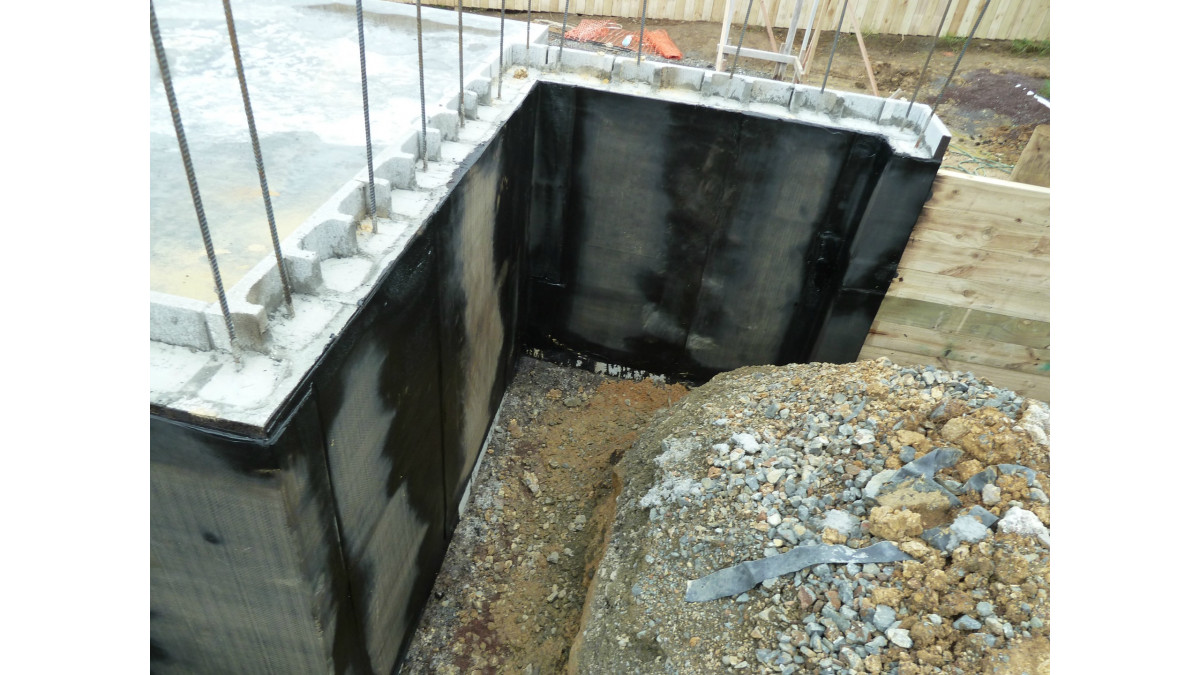
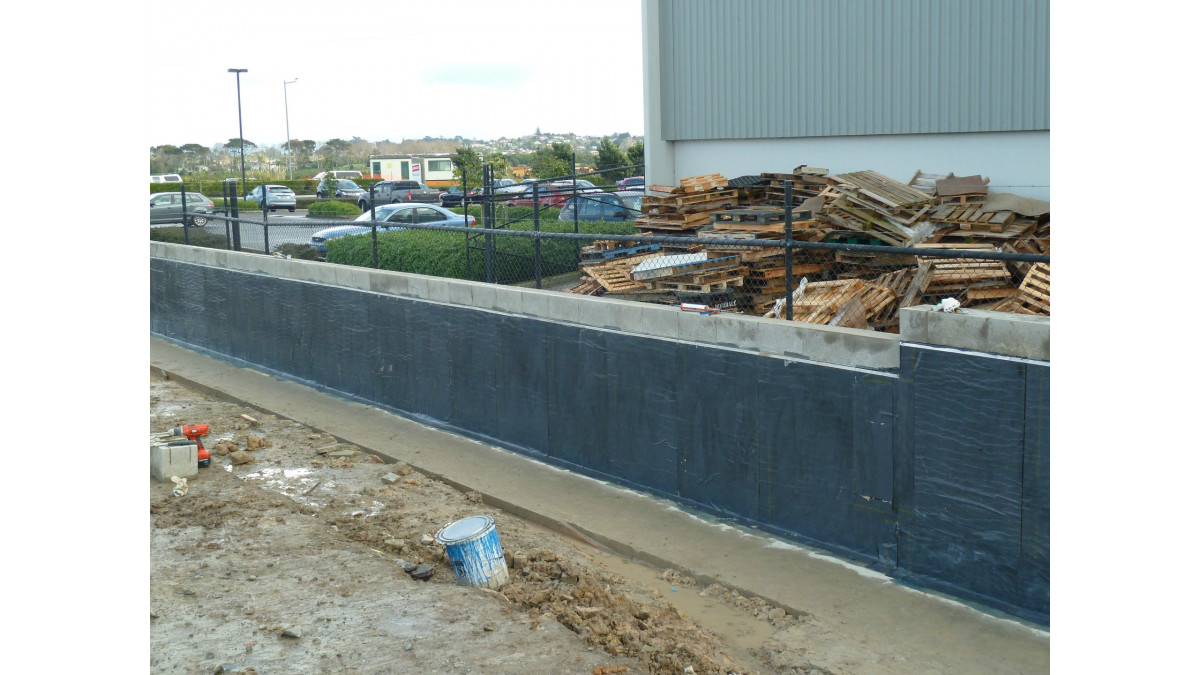
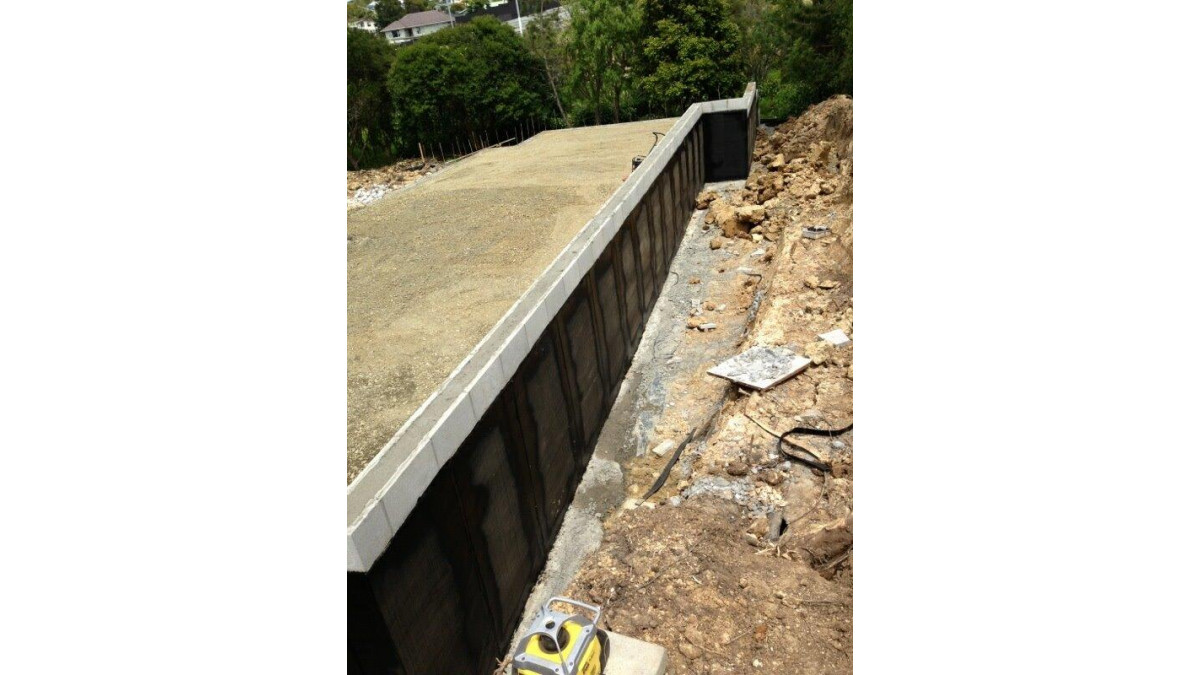
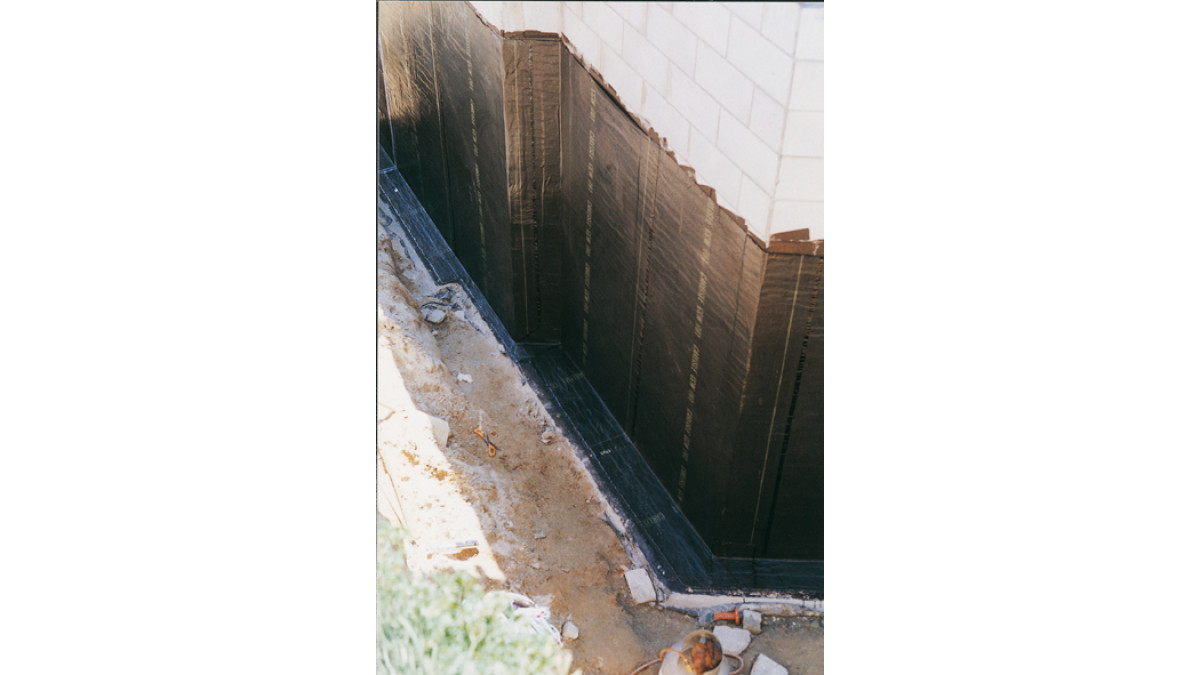


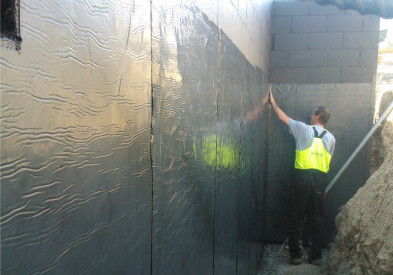

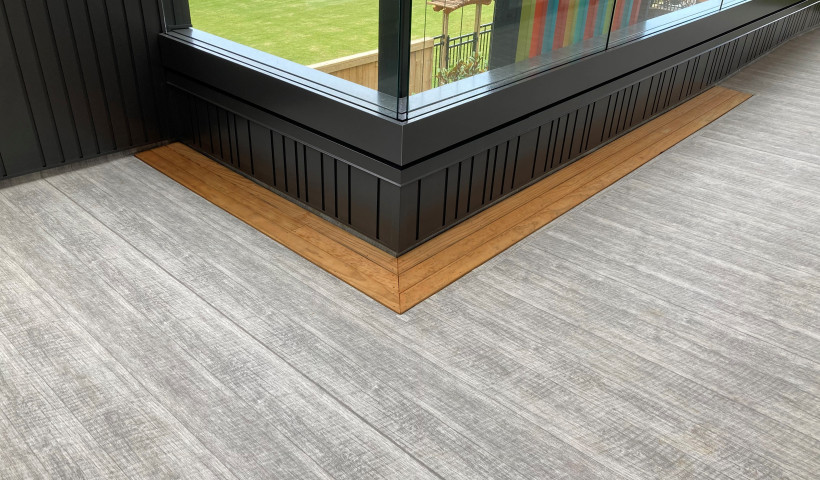
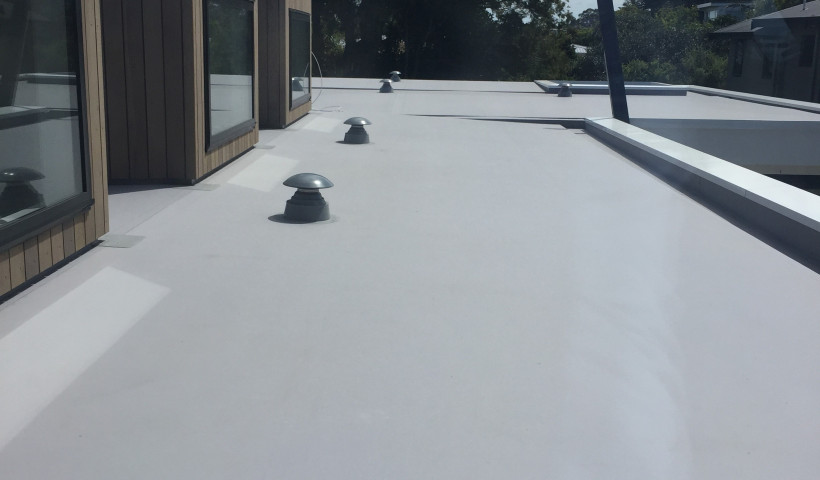
 Popular Products from Viking Roofspec
Popular Products from Viking Roofspec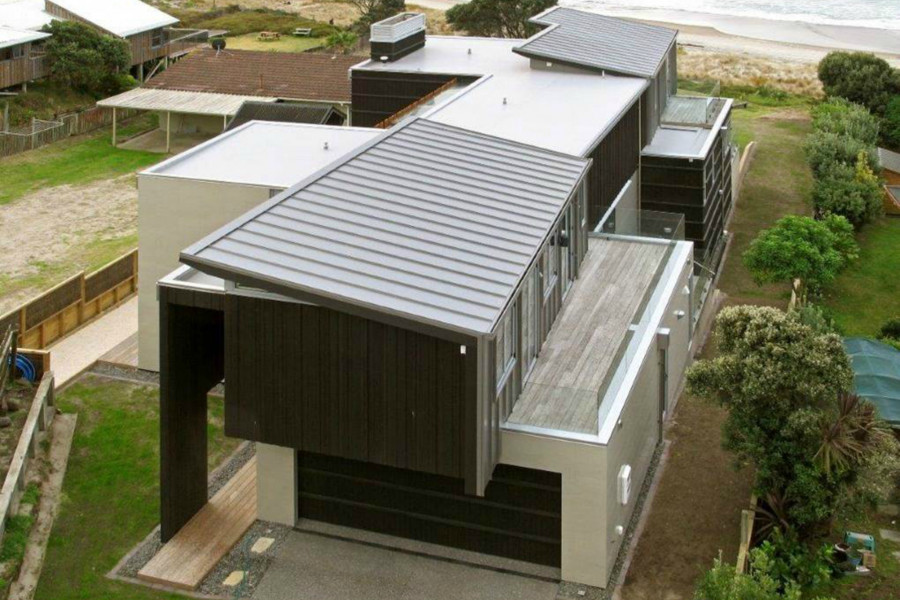

 Most Popular
Most Popular


 Popular Blog Posts
Popular Blog Posts